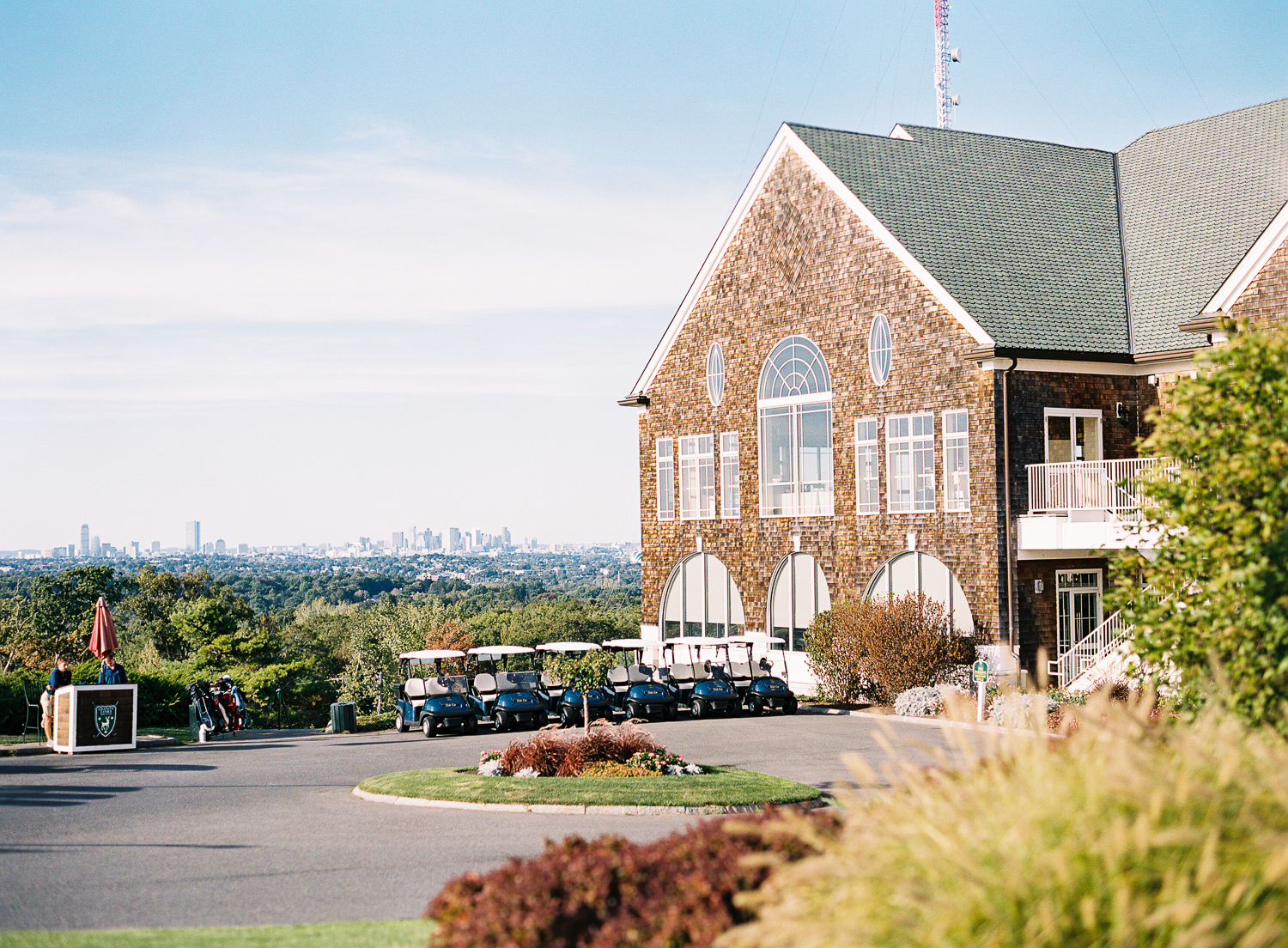It might seem counterintuitive to take two municipal landfills overlooking the Boston skyline and some desolate granite quarries in Quincy and turn it into “One of the 100 Greatest Golf Courses in America,” according to Golf Digest.
Enter Granite Links Golf Club architect John Stanford.
And that’s just what he did.
Stanford used 900,000 truckloads of excavated soil from Boston’s Big Dig project—which began planning in 1982 and wasn’t completed until December of 2007—and used it to cap the landfills and fill in some of the quarries in order to design Granite Links, which includes 27-hole golf courses, two restaurants, live entertainment and banquet facilities.
The history behind the quarries and the creation of Granite Links, however, is every bit as enthralling as The Granite Links experience itself—unique in the sense that it’s not a country club, rather an experience.
As for the geological lesson, the Quincy granite quarries are almost as old as the planet itself. Due to tectonic shifts, the igneous rock crystallized into some the highest quality granite cut in the country—fortuitous for Quincy.
In 1826, Quincy’s Granite Railway became the country’s first commercial railroad. The success of the quarries in tandem with the railway brought immigrants from all parts of Europe to Massachusetts in search of work. By the end of the 19th Century, at its zenith, nearly two dozen quarries were in operation in the Quincy-area.
In fact, granite from the Quincy quarries was used for the Bunker Hill Monument and the Merchants’ Exchange Building in Manhattan. However, by the mid-20th Century, the quarries’ fecund output waned, and the last of them closed in the 1960s. From this point, until Stanford’s plan to fill them surfaced, the Quincy quarries gathered a sordid reputation for its cold and deep waters and dangerous precipices.
The quarries became infamous as places where cars were dumped, and the cliffs became literal jumping off places for adolescent bravado.
Then, in 2003, Stanford’s plan came to fruition and Granite Links Golf Club, seven miles south of Boston, opened and, to date, the quarries are still utilized as significant sources of irrigation for the courses.
And the transformation, needless to say,was remarkable.
“It’s a one of kind experience, featuring both championship golf and social opportunities for the golfer and the non-golfer combined,” said Nancy Lynn Weiler, the Membership Director at Granite Links.

Today, the Granite LinksGolf Club, which welcomes the public as well as its members, includes three nine-hole courses—The Granite Course, The Milton Course and The Quincy Course—that offer a variety of options for golfers.
While the club’s target demographic is young professionals in the downtown Boston-area, they’re open to everyone, said Nick Tedeschi, a PGA Assistant Golf Professional at Granite Links.
“When the general public comes here, they’re going to get a European golf-style with wider fairways and shorter holes,” said Tedeschi. “When a golfer gets here, they’ll experience a facility that’s both vibrant and fun.”

Aside from the courses, Granite Links also offers a driving range with 40 bays open to the general public, an opportunity unique to the area.
Granite Links golfing experience transcends driving balls, choosing irons and burying putts. As part of The Granite Links’ experience, the staff also includes lessons, the driving range and refreshments on and off the courses.
Associating golf with the social aspects of the experience, the path between the nine-hole courses leads to The Crossing Nines Patio Bar, which overlooks the Boston skyline and offers food and live entertainment for golfers and the public alike.
Originally a turn-shack shed that served asa place for golfers to grab water between courses, Granite Links placed an awning outside and has evolved into a grill station with a full bar and live music.
Finally, for those choosing to evade the bad pants and white gloves and ready to consume a sit-down meal, there’s The Tavern, also voted “One of the Best 19th Holes in the Country” by Golf Digest. The Tavern dining room is open to the public and doesn’t except reservations, seating on a first-come first-serve basis.
Headed by Executive Chef Joe Jean, The Tavern offers fine-dining as well as banquet services for weddings and events of any type, individual and corporate. The restaurant also has “a stunning view” of the Boston skyline and a great variety on the menu along with specialty cocktails, said Weiler.
“It’s a highly sought-after commodity,” she said, emphasizing that Granite Links is not a country club, rather “an experience.”

From the soil dug from Boston’s $22 billion project, there rose Granite Links, an experience unlike any other in the region.
According to Tedeschi, over 160 cars were pulled from the quarries in the course’s conception. Yet one quarry was left in tact for aesthetics.
It’s been said that during droughts, when the quarry waters are low, one might still spot a sunken automobile that’s never been recovered.
Its juxtaposition is worthy of mention. Among the opulence and beauty of Granite Links, there remain the remnants of the past.












